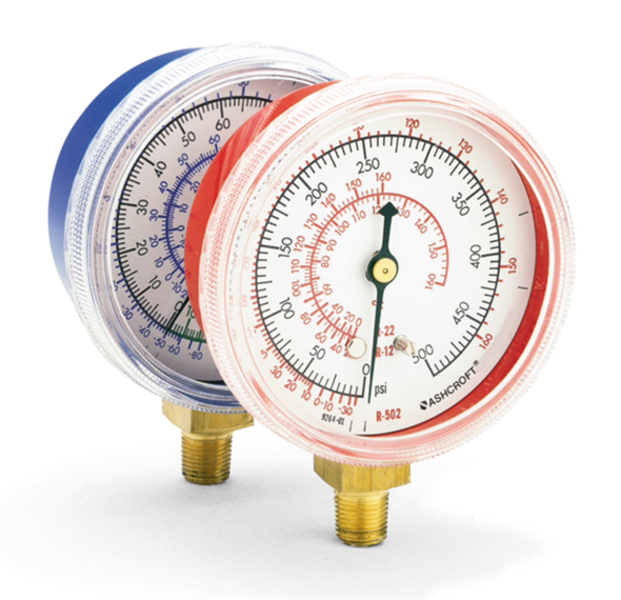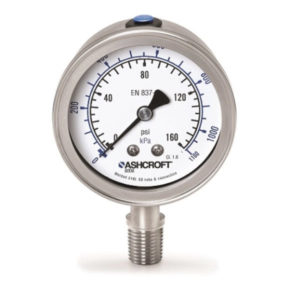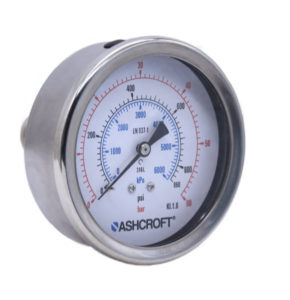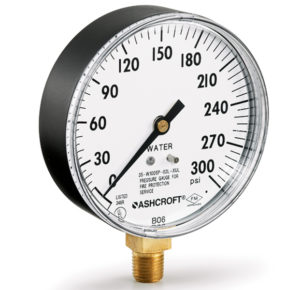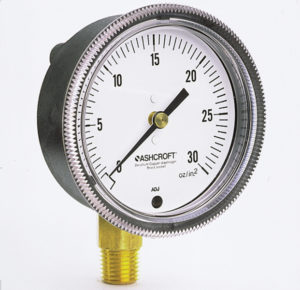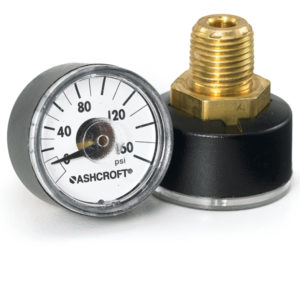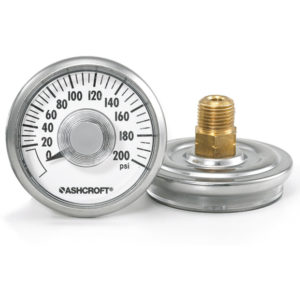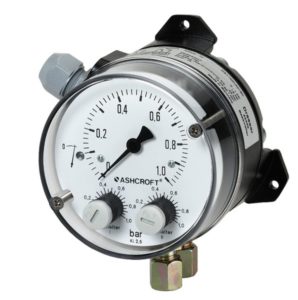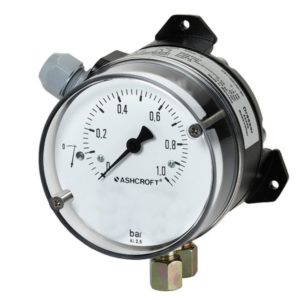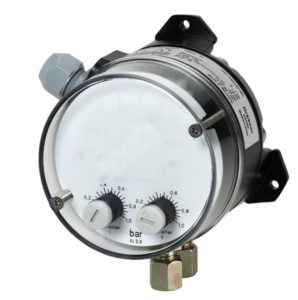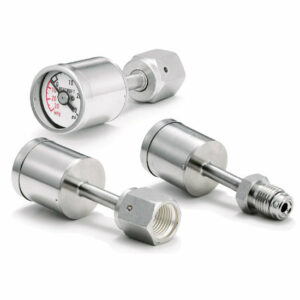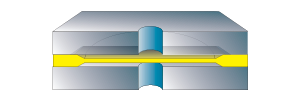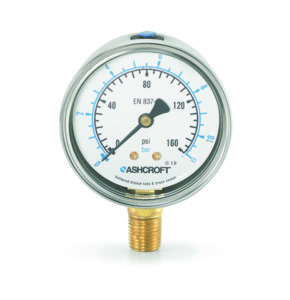

1007P and 1001T XOR Refrigeration Pressure Gauge
1007P and 1001T XOR Refrigeration Pressure Gauge
The Ashcroft® 1007P and 1001T XOR refrigeration pressure gauges are reliable instruments used in refrigerant test, recovery and recycling markets.
Features & Properties
Use & Application
Downloads
Features & Properties
Use & Application
The 1007P XOR refrigerant gauge is ideal where reliable pressure measurement is essential:
Downloads
Data Sheets
- 📄 Data sheet Exclusive Features of Commercial Gauge, CGEX-1 🇬🇧
- 📄 Data sheet refrigeration pressure gauge 1007PX0R-1001T-XOR 🇬🇧
Industry Brochures
Selection Guides
Product + Technical Information
- 📄 tip-page-measuring-pressure-on-ammonia-appliations-tip-0001.pdf 🇫🇷
- 📄 TIP Measuring Pressure on Ammonia Applications 🇬🇧
- 📄 Product Information Page Typical Proof and Burst Pressures for Commercial Gauges with PowerFlex movement CG-PI-1 🇬🇧
- 📄 Product Information Page Date Code identification-Comm Gauge ASH- 🇬🇧
The Ashcroft® 1007P and 1001T XOR refrigeration pressure gauges are reliable instruments used in refrigerant test, recovery and recycling markets. An ideal solution when pressure measurement is needed.
Key Features
Easy access window allows for minor span adjustments
FlutterGuard™ standard on dry gauges
1001T gauges are tested to detect leaks as small as 2.8 x 10 -4 cm³ per second
PowerFlex™ movement provides superior resistance to shock, vibration and pulsation
Markets & Applications
- Specifications
- Downloads
Mounting
Flush
Stem
Dampening
PowerFlex™
FlutterGuard™
Case Style
Open front case
Process Connection Style
Threaded
Dial Size
3 1/2"
2 1/2"
Accuracy
1-2-5% of span
Ranges
8 ... 55 bar / 120 ... 800 psi
Compound
Wetted Parts Material
Bourdon tube bronze, socket brass
Ingress Protection
IP54
Pressure Type
Gauge pressure
Case or Body Material
Steel, black painted
ABS plastic
Process Connection Location
Centre back
Lower
Data Sheets
- 📄 Data sheet Exclusive Features of Commercial Gauge, CGEX-1 🇬🇧
- 📄 Data sheet refrigeration pressure gauge 1007PX0R-1001T-XOR 🇬🇧
Industry Brochures
Selection Guides
Product + Technical Information
- 📄 tip-page-measuring-pressure-on-ammonia-appliations-tip-0001.pdf 🇫🇷
- 📄 TIP Measuring Pressure on Ammonia Applications 🇬🇧
- 📄 Product Information Page Typical Proof and Burst Pressures for Commercial Gauges with PowerFlex movement CG-PI-1 🇬🇧
- 📄 Product Information Page Date Code identification-Comm Gauge ASH- 🇬🇧
- Category: Industrial Gauges
We’re glad to be there for you personally.
Siamo personalmente a vostra disposizione!
Nous sommes personnellement là pour vous.
Şahsen yanınızda olmaktan mutluluk duyuyoruz.
We zijn blij dat we er persoonlijk voor u kunnen zijn.
Wir sind persönlich für Sie da!
Siamo personalmente a vostra disposizione!
Nous sommes personnellement là pour vous!
Select your Region!

